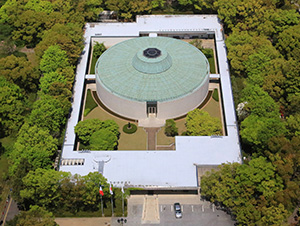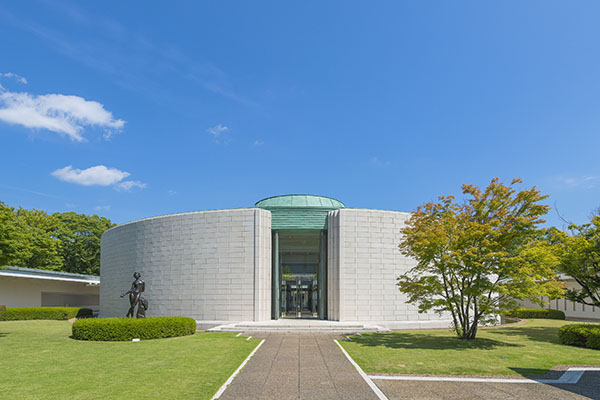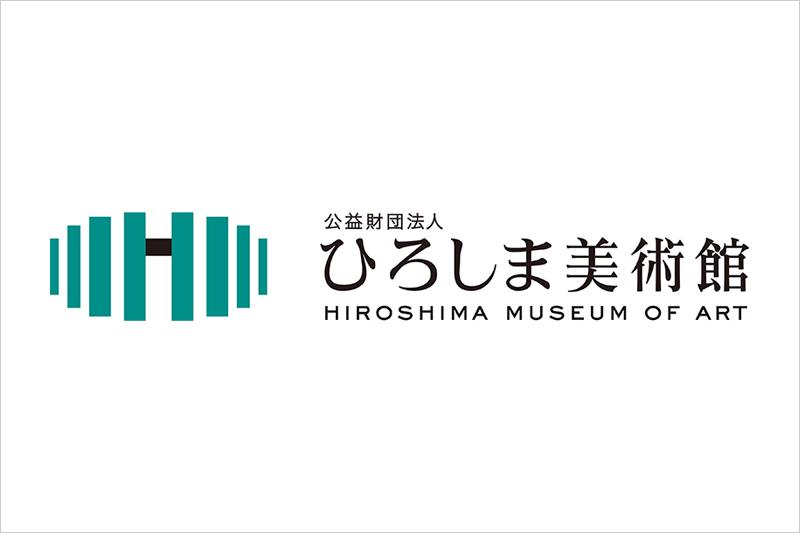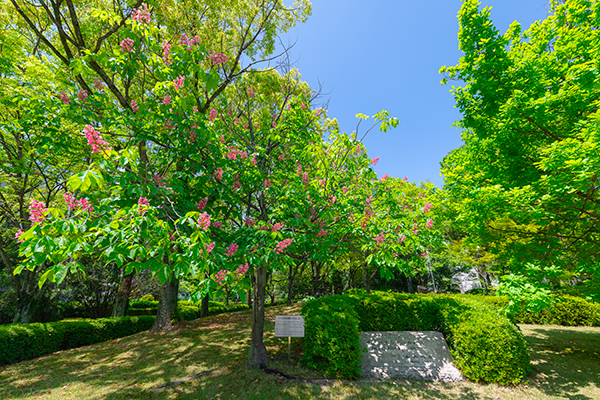About the Museum
For Love and Peace
The Hiroshima Museum of Art opened on November 3, 1978. It was established by Hiroshima Bank to commemorate its 100th anniversary and its history in the community. In the atomic bombing of August 6, 1945, many precious lives were lost, and the city was reduced to ashes in an instant. More than thirty years had passed as Hiroshima worked to rebuild as a “city of peace and culture.” Throughout those years, a place for joy and comfort was sought.
The museum opened after more than ten years of planning, with the theme “For Love and Peace,” in response to people’s wish for a venue for high-quality fine arts. It reflects a prayer for the repose of the souls of the atomic-bomb victims who laid the foundation for the city and a desire for peace.
Hiroshima Museum of Art

| Name of Museum | Hiroshima Museum of Art |
|---|---|
| Address | 3-2, Motomachi, Naka-ku, Hiroshima 730-0011 Japan |
| Date of opening | November 3, 1978 |
| Representative | Director and Chair of the Board of Directors Koji IKEDA |
About the building

Reflecting the theme “For Love and Peace,” the museum’s main building is a round domed exhibition hall modeled on the Atomic Bomb Dome. The surrounding corridors were modeled on the corridors of Itsukushima Shrine. Both are UNESCO World Heritage Sites and well-known buildings in Hiroshima.
About the logo

When the Hiroshima Museum of Art celebrated its 40th anniversary in 2018, its emblem, logo, and emblem color were changed to better define the museum’s image, envisioning further development.
Green was adopted as the museum’s color because it signifies peace and matches the green hues of one of the best-known paintings in our collection, Vincent van Gogh’s "Daubigny's Garden." The emblem depicts the domed main building, viewed from the front, combined with the letter H.
Marronniers

The front garden of Hiroshima Museum of Art features marronniers (horse chestnut trees) with a fountain beside them called “The Fountain of Marronniers.”
The trees were donated by Pablo Picasso’s son Claude to commemorate the museum’s opening in 1980. Lovely pink flowers bloom in early May every year. The Fountain of Marronniers was named after the trees, and koi (ornamental carp) swim in it as the carp is a symbol of Hiroshima. Along with the cool, refreshing water spraying up from the fountain, they add color to the front garden.



